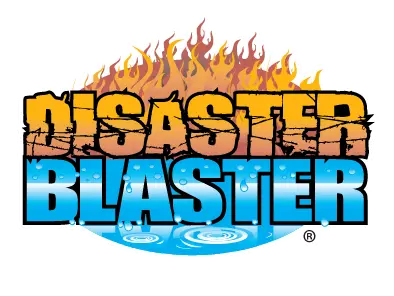
Did you know that research has shown that you may have as little as 3 to 4 minutes to escape a building in the event of a Fire?
Unfortunately, many people don’t realize how quickly a fire can spread through their home. According to the National Fire Protection Association, only 1 of every 3 American households have developed and practiced a Fire Escape Plan.
With available response time being so limited, having a Fire Escape Plan in place and practicing it with your family can make a huge difference!
Printable Fire Escape Plan Template (PDF)
Early Warning
Statistics show that an early warning is the easiest way to save lives. In fact, 3 out of 5 home fire deaths resulted from fires in homes with no smoke alarms or no working smoke alarms.
Smoke detectors should be installed on every level, in all sleeping rooms, and in high risk areas such as basements and garages. Make sure to check the batteries regularly and change the batteries when you turn your clocks forward or back and that your smoke alarms aren’t expired.
NFPA 72 National Fire Alarm Code requires interconnected smoke alarms through the home. Interconnected smoke alarms provide additional early warning, as when one sounds, they will all sound throughout the home.
Ionization smoke alarms are generally more responsive to flaming fire, while photoelectric smoke alarms are generally more responsive to smoldering fires. For the best protection, both types of alarms, or combination ionization and photoelectric alarms are recommended.
Ways to help Emergency Personnel
In the event that you do have a fire at your home, it’s important that emergency personnel be able to find your home quickly. If your street number is not clearly visible from the street, consider installing a house number where emergency personnel will be able to see it.
It’s also very important that every member of the family memorize the phone number for your local fire department. That way any member of the household can call from a neighbor’s home or a cellular phone once safely outside.
Designing Your Escape Plan
When designing an Escape Plan, it’s important to take into consideration the location of all windows and doors and consider which may be a possible exit in an emergency. As commonly used exits, such as doorways, may be blocked or inaccessible, it is always recommended to plan multiple exits from each room.
Households with children should consider drawing a floor plan of your home, marking the exits and meeting place. This is a great thing to keep on the fridge!
Choose an outside Meeting Place (a neighbor’s house, light post, mailbox, etc.) a safe distance from your home where everyone should meet at once they get out of the building. Once outside of the home, no one should go back in for any reason.
Infants, older adults, and family members with mobility limitations will likely require assistance in the event of an emergency. It is easiest to assign someone to assist them as this will ensure that everyone’s responsibilities are clear and there is no confusion related to who is doing what.
If your home has two floors, every family member (including children) must be able to escape from the second floor rooms. You may consider purchasing and storing escape ladders near windows to provide an additional escape route.
Be prepared for a real fire. When a smoke alarm sounds, get out immediately and stay out. Under no circumstances should you ever go back into a burning building. If someone is missing, inform the fire department dispatcher when you call, as Firefighters have the skills and equipment necessary to perform a rescue.
Practicing Your Escape Plan
Be sure to practice your Escape Plan twice a year, making the drill as realistic as possible.
Keep in mind that speed will be of the essence during a real fire, so watch for obstacles that may be an issue and address them.
While you should always choose the safest escape route in an emergency, smoke can fill rooms quickly. It’s important to practice getting low and going under the smoke to your exit. Make sure that children understand why this may be important also.
Closing doors on your way out slows the spread of the fire, giving you more time to safely escape.
While we hope that you will never have a need for your Fire Escape Plan, We hope you found this information useful! If there’s something that YOU want to hear about, please contact your local Disaster Blaster!
Interested in older news stories? Please see our News Archive.

